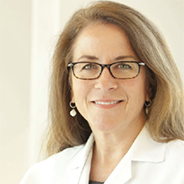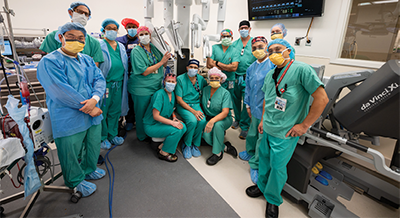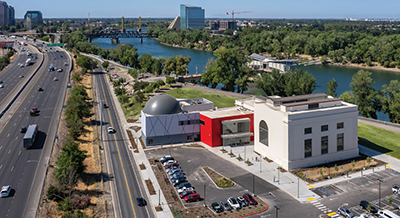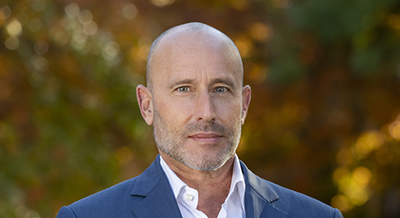Throughout my 26-year tenure at UC Davis School of Medicine, it’s been a privilege to be part of our world-class community of mission-driven students, trainees, clinician-educators, and researchers. Together, we are transforming lives by improving health locally and globally.
This year, U.S. News & World Report ranked UC Davis School of Medicine as the third most diverse medical school in the country and in the top 10 nationally in family medicine and primary care. We are also ranked prominently in public health, research and a wide range of specialties.
Our medical school continues to be both a leader in diversity and a research powerhouse, with a record $368 million in external research funding in 2020-2021, including recent record-high National Institutes of Health funding.
We are leading the nation in training tomorrow’s workforce of physician leaders who reflect California’s diverse communities. Historically, the physician workforce has not represented the diversity of the communities it serves. Research strongly indicates that when patients share the same race and ethnicity as their physicians, it can help build trust and lead to better health outcomes — especially among our most vulnerable patients.
Our medical school is trailblazing innovative pre-med and medical school pathway programs to train physician leaders with the backgrounds and cultural competencies to best serve our richly diverse population here in California. These include expanding programs focusing on training physicians to serve in rural areas and our new program to train physicians who will serve Native American and Alaska Native communities.
This year, we had a successful LCME site visit and anticipate a full eight-year reaccreditation. We are also implementing our new five-year strategic plan in alignment with the UC Davis Health NEXT Clinical Strategic Plan. Developed with the input of more than 200 School of Medicine constituents, the school’s plan is a comprehensive guide to advance our education, clinical care, research, and community partnership missions.
This May, we celebrated our 51st graduating class. I’m proud to share that all 126 of our graduating fourth-year medical students matched to residencies in 20 specialties across 18 states. Nearly 66 percent are going into primary care residencies — far above the national average. Seventy-six percent of our graduates will remain in California.
Our extraordinary students have received national recognition throughout the pandemic for their leadership in global health efforts, commitment to health equity, and success in serving vulnerable communities.
I thank our School of Medicine family and our provider and community partners for continuing to be an inspiration with their dedication, talent and compassion as we seek to transform lives by improving health locally and globally.





